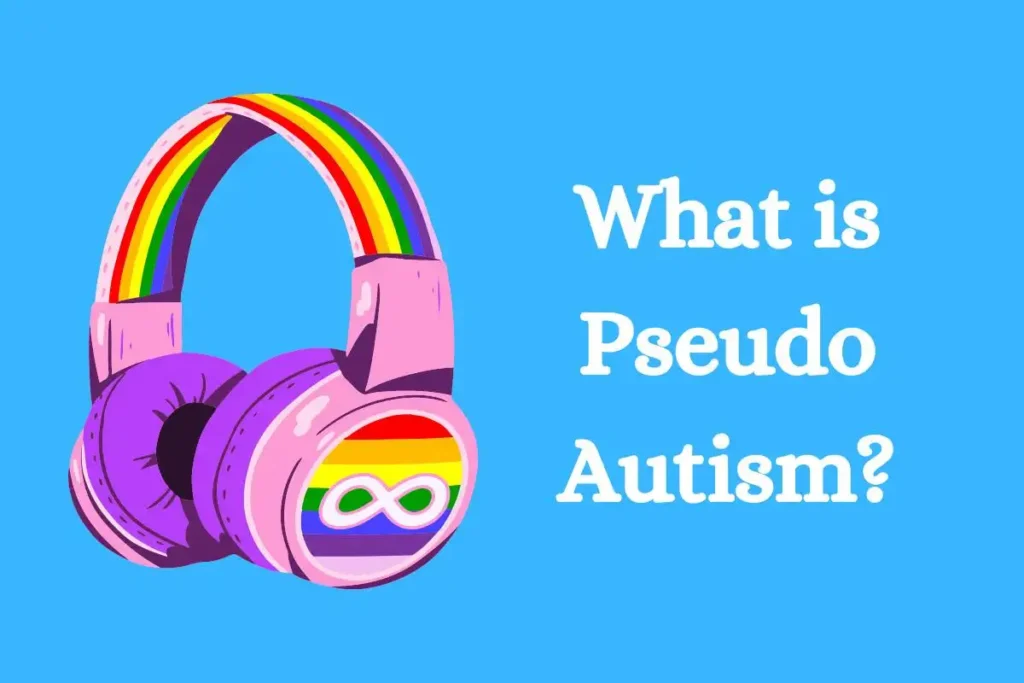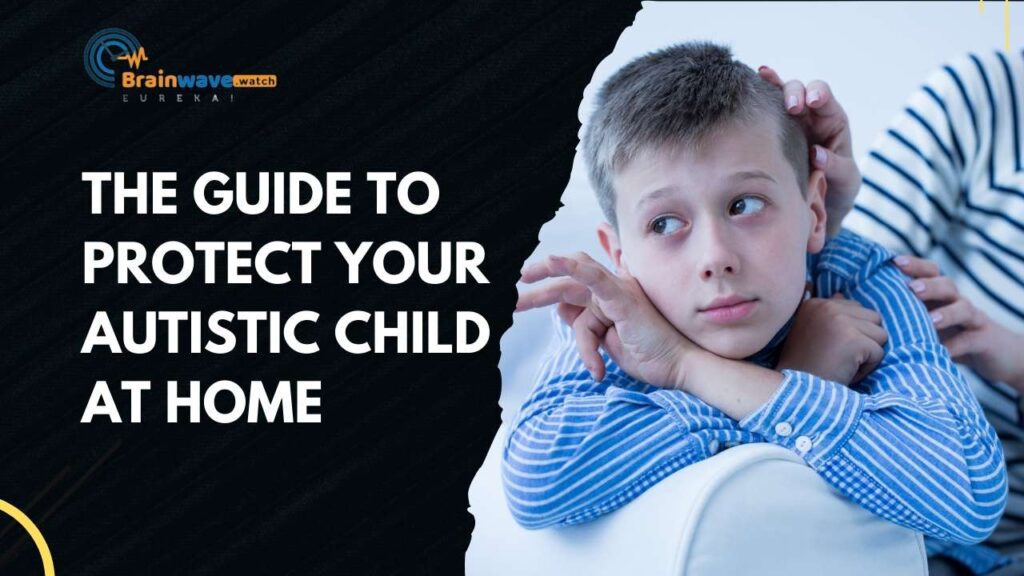Pseudo autism is a condition that shares some similarities with autism spectrum disorder (ASD) but is distinct in several ways. Pseudo autism is characterized by behaviors that may appear similar to those seen in individuals with ASD, but upon closer examination, are different.
One key characteristic that differentiates pseudo autism from ASD is the way individuals with the condition interact with social groups and ranks. Individuals with pseudo autism often exhibit behaviors related to social status and hierarchy, such as striving for dominance or submitting to authority figures. These behaviors may be mistaken for those seen in individuals with ASD, who often struggle with social interactions in general.
Another important difference between pseudo autism and ASD is the way individuals with the condition process sensory information. While individuals with ASD may be hypersensitive or hypersensitive to certain sensory inputs, individuals with pseudo autism do not typically exhibit these sensory processing differences.
It is important to note that while pseudo autism shares some similarities with ASD, it is a distinct condition that requires its own treatment and support strategies. Understanding the differences between these two conditions is key to providing effective care for individuals with pseudo autism.
Identification and Diagnosis
Pseudo autism refers to behaviors and challenges that look like Autism Spectrum Disorder (ASD) but have different causes. Unlike ASD, which is noticeable from a young age, pseudo autism might come from other places. Therefore, early identification and diagnosis of pseudo autism is crucial for proper treatment.
Early Signs
The early signs of pseudo autism are similar to those of ASD, including difficulty in socializing, communicating, and certain behaviors. However, it is important to note that these signs might not be present from birth, and they might appear later in life due to various factors such as trauma, abuse, or neglect. Therefore, it is important to monitor any changes in behavior and seek professional help if necessary.
Diagnostic Criteria
To diagnose pseudo autism, clinicians use the same diagnostic criteria as they would for ASD. According to the Diagnostic and Statistical Manual of Mental Disorders (DSM-5), a child must have persistent deficits in three areas of social communication and interaction plus at least two of four types of restricted repetitive behaviors. The diagnostic process usually involves reviewing a child’s previous records, taking a detailed developmental history, and scheduling an appointment for direct observation and assessment [1].
Differential Diagnosis
Differential diagnosis is the process of distinguishing between two or more conditions that have similar symptoms. It is important to differentiate between pseudo autism and ASD because they have different causes and require various treatments. Other conditions that might mimic the symptoms of pseudo autism include attention deficit hyperactivity disorder (ADHD), anxiety disorders, and attachment disorders. Therefore, clinicians should consider all possible diagnoses and rule out any other conditions before diagnosing pseudo autism [2].
Causes and Contributing Factors
Pseudo autism is a term used to describe a set of symptoms that resemble those of autism but are not caused by the same underlying neurological condition. While the exact causes of pseudo autism are not fully understood, research has identified several factors that may contribute to its development.
Genetic Influences
Studies have suggested that genetic factors may play a role in the development of pseudo autism. For example, a study on rhesus macaques found that certain genetic traits were associated with social behavior that resembled that of individuals with autism [1]. Additionally, researchers have identified several genes that may be associated with pseudo autism, although more research is needed to fully understand their role [2].
Environmental Triggers
Environmental factors can also contribute to the development of pseudo autism. For example, exposure to certain toxins during pregnancy or early childhood may increase the risk of developing pseudo autism [3]. Other factors, such as maternal infection, diabetes, high blood pressure, and older paternal age at conception, have also been linked to an increased risk of developing pseudo autism [4]. However, it is important to note that not all individuals who are exposed to these factors will develop pseudo autism, and more research is needed to fully understand their role in its development.
Management Strategies
Several management strategies can be used for individuals with Pseudo Autism. These strategies are aimed at improving the individual’s social interaction and communication skills, as well as reducing disruptive behavior. Some of the most effective management strategies are discussed below.
Behavioral Therapies
Behavioral therapies are an essential part of managing Pseudo Autism. These therapies are designed to target core behaviors and improve social interactions and communication. Applied Behavior Analysis (ABA) is one of the most commonly used behavioral therapies for individuals with Pseudo Autism. It involves breaking down complex skills into smaller, more manageable steps, and then teaching these steps one at a time. Other behavioral therapies that may be used include Cognitive Behavioral Therapy (CBT) and Social Skills Training.
Educational Interventions
Educational interventions are also essential in managing Pseudo Autism. These interventions are designed to improve the individual’s academic and cognitive skills, as well as their social and communication skills. Some of the most effective educational interventions include individualized education plans (IEPs), special education services, and speech and language therapy.
Family Support
Family support is crucial in managing Pseudo Autism. Families can provide emotional support, as well as practical support, such as helping the individual with daily activities. They can also help to reinforce the skills that the individual has learned through behavioral therapies and educational interventions. Family members can also participate in family therapy sessions, which can help to improve communication and reduce stress within the family.
Distinguishing from Autism Spectrum Disorder
Pseudo autism is a condition that shares some similarities with Autism Spectrum Disorder (ASD). However, some key differences distinguish the two.
One of the main differences is the onset of symptoms. ASD symptoms are usually seen early in life, while pseudo autism might come from certain genetic issues, like the 22q11.2 deletion syndrome. In cases like these, up to half the kids were found to have pseudo autism, which is characterized by a temporary regression of social and communication skills.
Another difference is the severity of symptoms. Pseudo autism often has milder symptoms than ASD. For example, children with pseudo autism may have trouble with eye contact and social interaction, but they do not have the same level of difficulty with communication as those with ASD.
Additionally, children with pseudo autism tend to have less restricted and repetitive behaviors compared to those with ASD. They may still have some repetitive behaviors, but they are less severe and less frequent.
It is important to note that diagnosing pseudo autism can be challenging, as it requires a thorough evaluation of the child’s symptoms and medical history. A trained healthcare professional should evaluate to determine the best course of treatment for the child.







